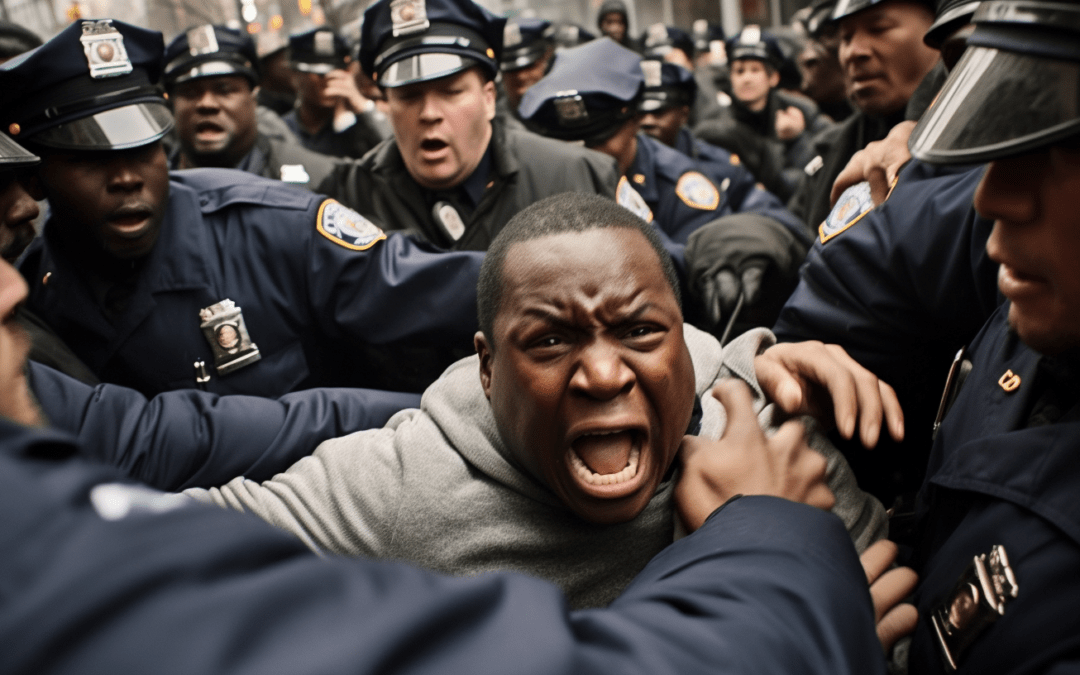Unlawful Practices Persist: A Deep Dive into NYPD’s Anti-Crime Units
Introduction
In the heart of New York City, a controversy is brewing. The New York Police Department’s anti-crime units, despite promises of reform and improved training, are reportedly still unlawfully stopping, frisking, and searching people, the majority of whom are people of color. This revelation comes from a recent report by court-appointed monitor, Mylan L. Denerstein, who detailed what she described as unlawful policing. This article will delve into the findings of this report and the implications it has for the NYPD and the communities it serves.
The Anti-Crime Units: A Brief History
The anti-crime units of the NYPD have a long and contentious history. These units were disbanded in 2020 due to their responsibility for a disproportionate number of police shootings. However, they were reinstated and renamed by Mayor Eric Adams after he took office last year. Critics were skeptical that the units could operate without racially profiling young men of color, as previous units had done. The anti-crime units evolved from the Street Crime Unit, which was disbanded in 2002 following public outcry after its members killed Amadou Diallo, a Black and unarmed man, in 1999.
The Report’s Findings
The report analyzed the stops made by the rebranded “neighborhood safety teams” and found that 97% of the stops were of Black or Hispanic people, and 24% of the stops were unconstitutional. Of 230 car stops included in the sample, only two appear to have turned up weapons. The report also highlighted troubling numbers in a few precincts, including the 41st Precinct in the Bronx, where only 41% of the stops, 32% of frisks, and 26% of searches were constitutional.
The Response and Next Steps
The report calls for the department to submit a plan within a month on how to improve its practices to conduct stops properly without violating constitutional rights. It also criticizes the lack of oversight by department officials and orders the department to “take corrective action immediately.” Mayor Eric Adams had assured that new policies and training would put an end to such practices. However, the findings of this report suggest that there is still a long way to go in achieving this goal.
Conclusion
The findings of this report are a stark reminder of the challenges that persist in policing, particularly in large urban areas like New York City. The NYPD’s anti-crime units, despite promises of reform, appear to be falling back into old patterns of behavior that disproportionately target people of color. The city’s leadership, law enforcement officials, and the community at large must come together to address this issue and ensure that constitutional rights are upheld for all citizens, regardless of their race or ethnicity.
References
- N.Y.P.D. Anti-Crime Units Returning to Illegal Tactics, Report Shows
- NYPD officer charged
- NYPD police commissioner sewell maddrey

